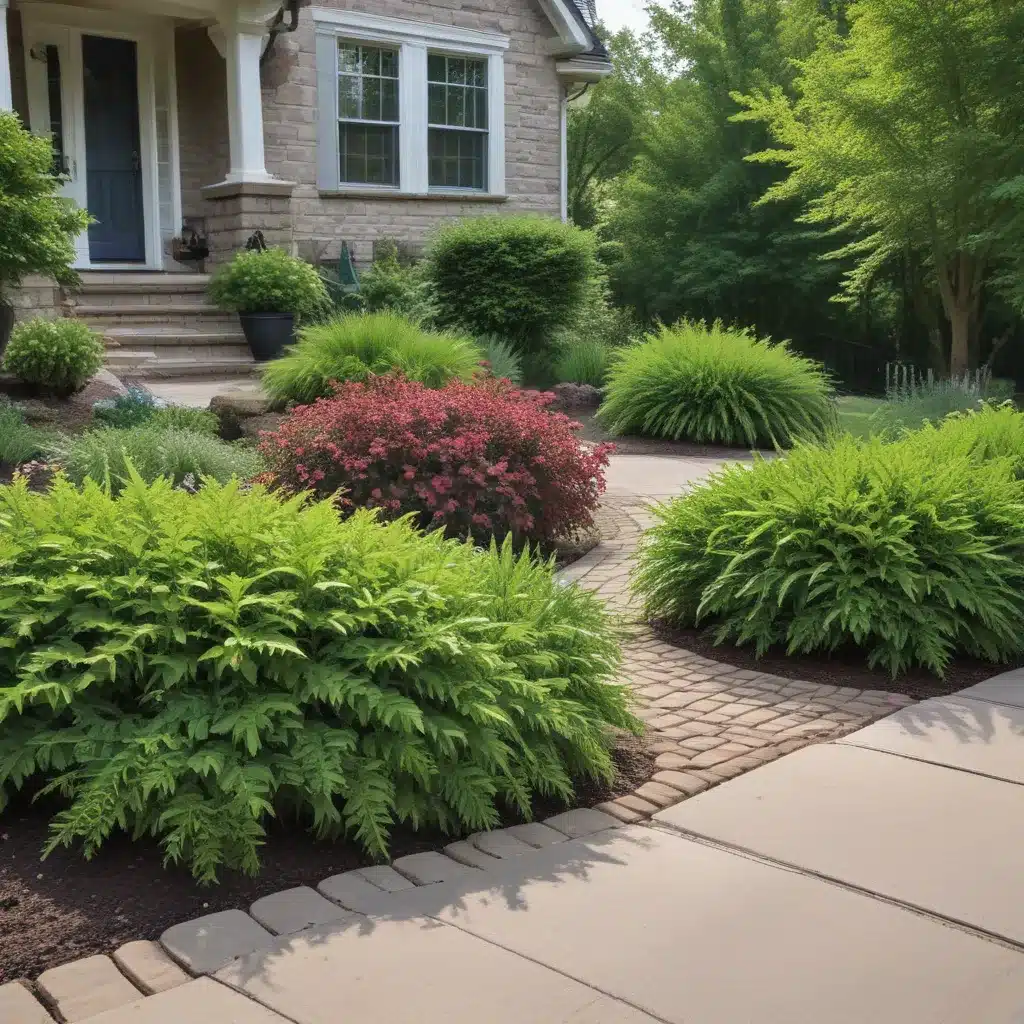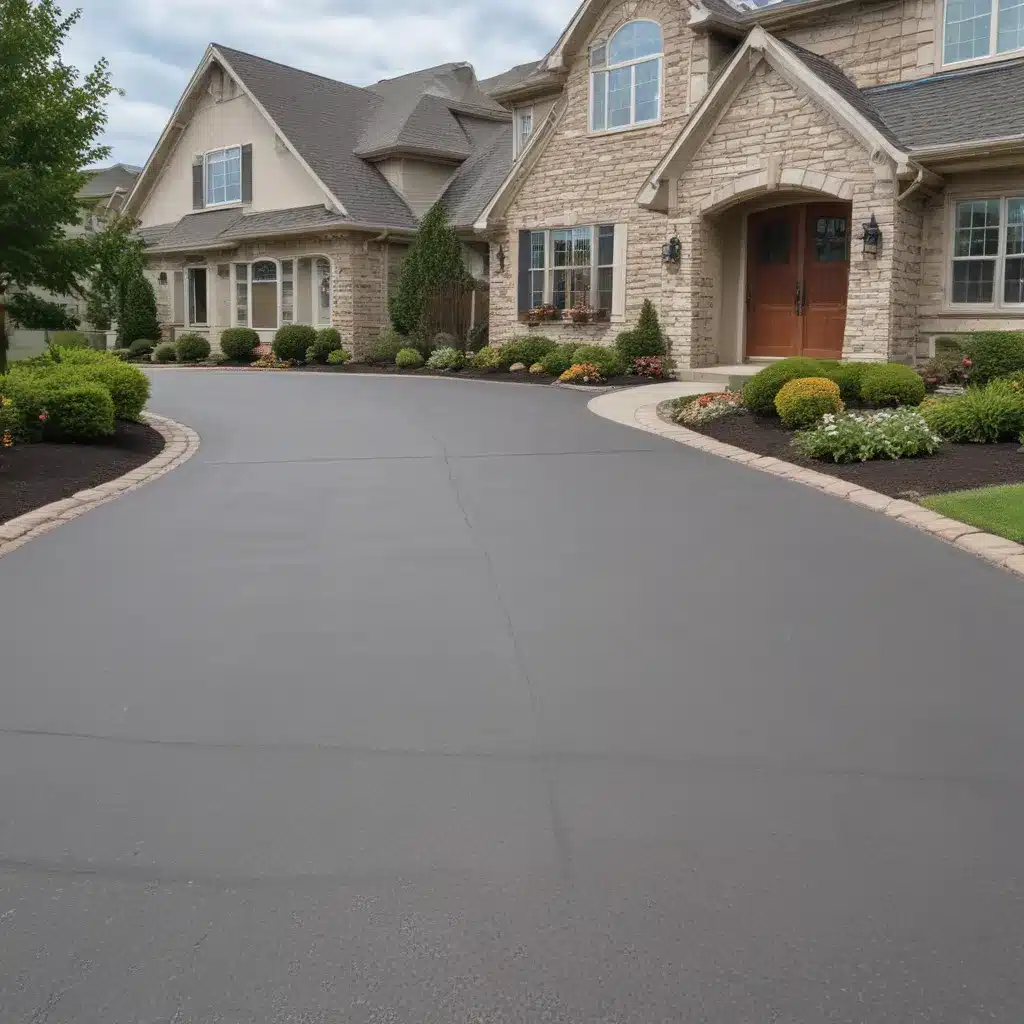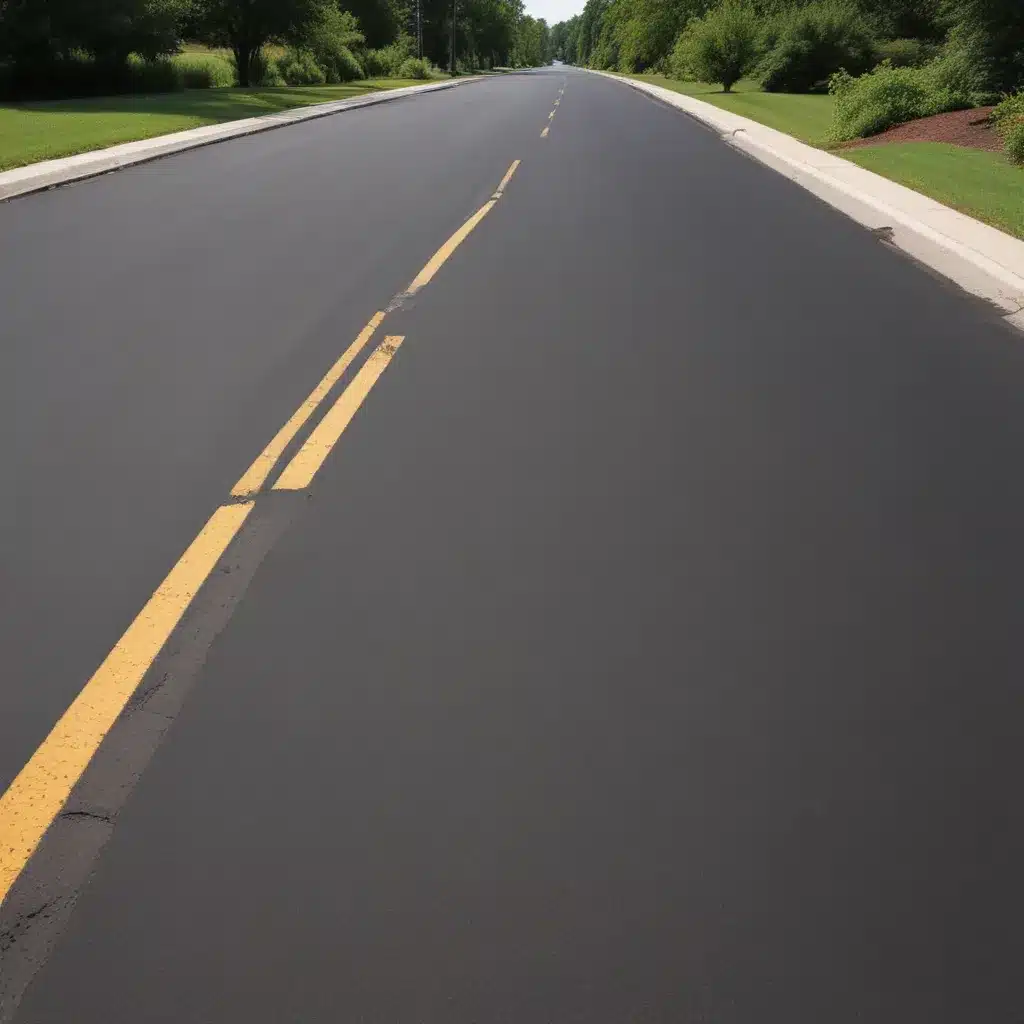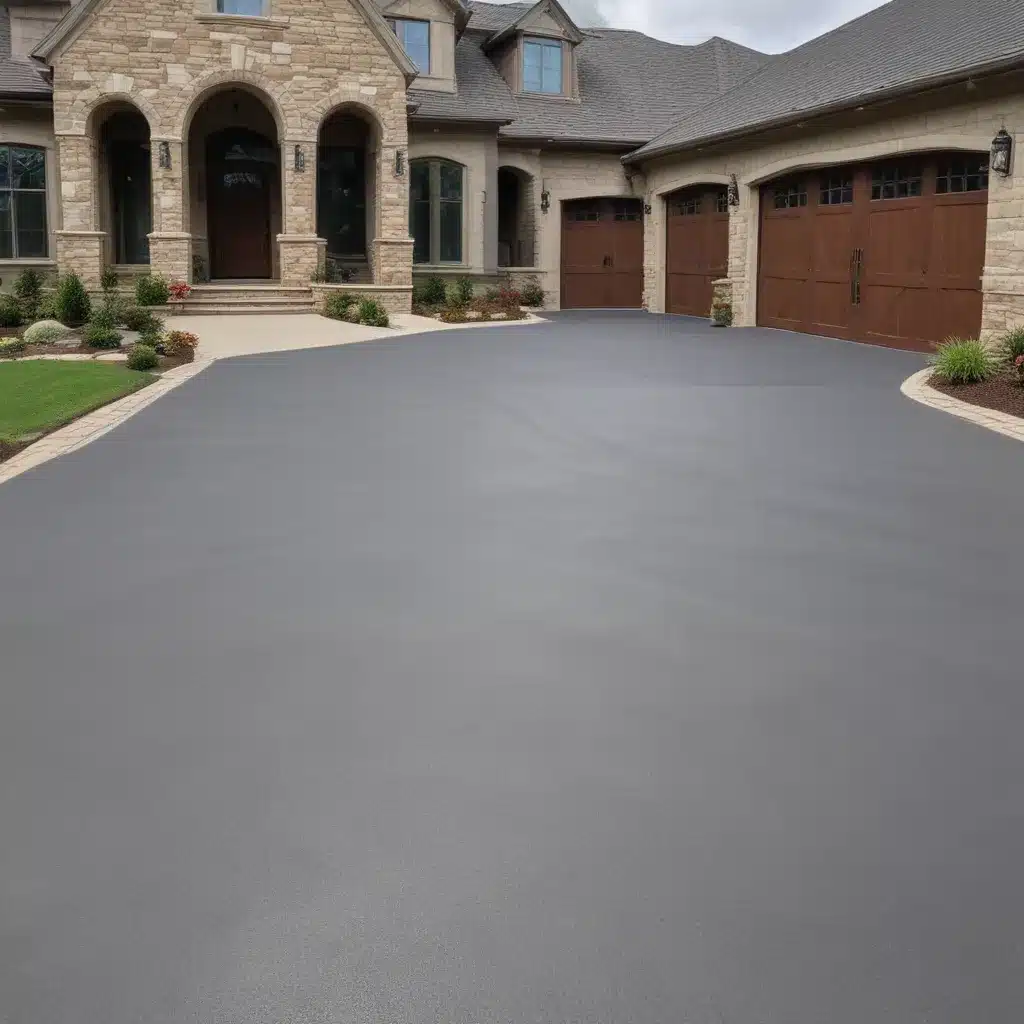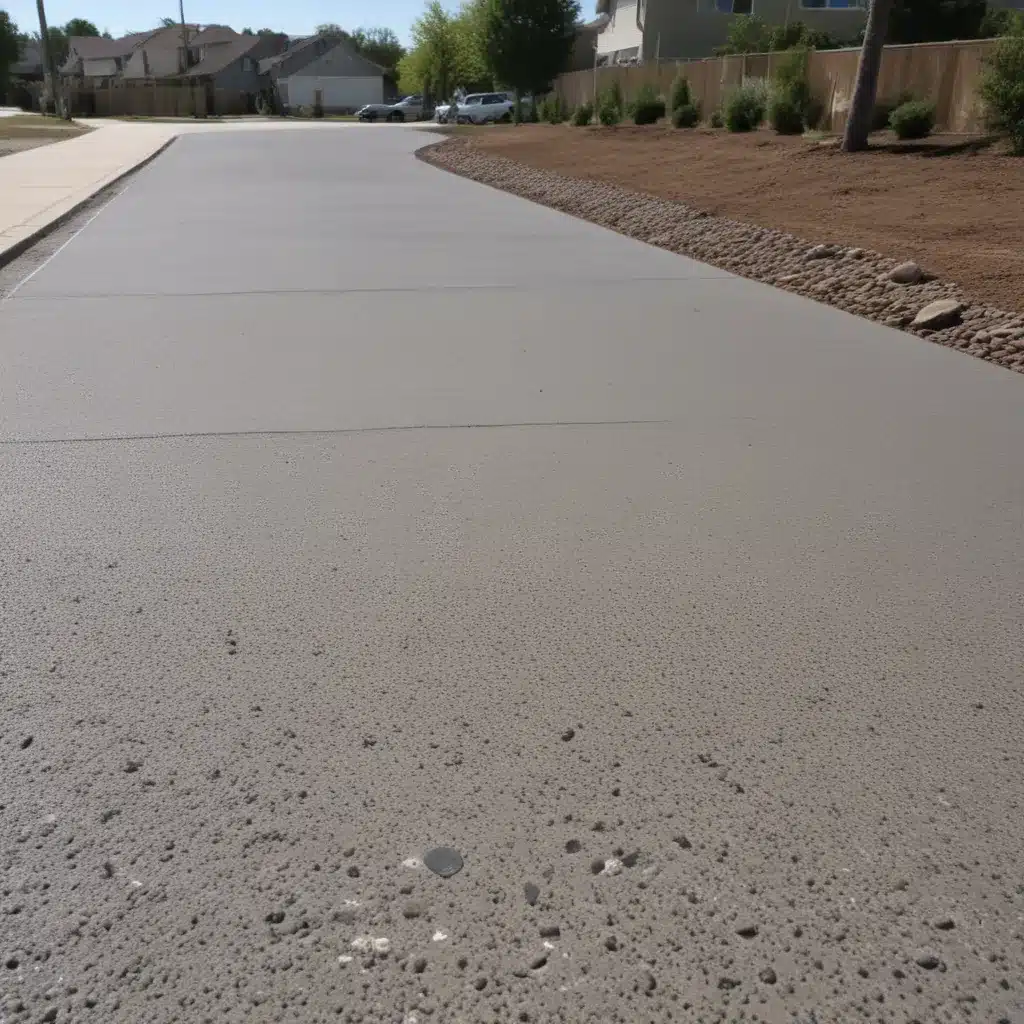Introducing the Soft Edge Dilemma
Have you ever looked at your driveway and thought, “Wow, that looks a bit… harsh”? I know I have. Those stark, rigid edges can be a real eyesore, disrupting the natural flow of your landscape. But fear not, my friends, for I have embarked on a quest to uncover the best plants to soften those hard driveway edges and bring some much-needed harmony to your outdoor space.
You see, I understand the dilemma all too well. On the one hand, you want a durable, functional driveway that can stand up to the elements and the wear and tear of daily use. But on the other hand, you don’t want it to look like a concrete slab plopped down in the middle of your carefully curated garden. It’s a delicate balance, and one that can be tricky to strike.
Choosing the Right Softening Plants
That’s where the right plants come in. By strategically placing the right greenery along the edges of your driveway, you can create a beautiful, natural transition that softens the look and feel of your outdoor space. But with so many options out there, how do you know which plants are the best for the job?
Well, my fellow gardening enthusiasts, I’ve done the research, and I’m here to share my findings with you. In this comprehensive guide, I’ll take you on a journey through the world of driveway-friendly plants, exploring their unique characteristics, growth habits, and even some real-life case studies to inspire your own landscaping projects.
Low-Growing Groundcovers
Let’s start with the basics – low-growing groundcovers. These hardy little plants are the perfect solution for softening those hard edges and creating a lush, inviting border around your driveway.
One of my personal favorites is Sedum, a succulent plant that comes in a variety of colors and textures. Not only does it hug the ground beautifully, but it’s also incredibly drought-tolerant, making it a great choice for those drier, sunnier areas along the driveway. And let’s not forget about Thyme – another fantastic groundcover that releases a delightful aroma when you brush up against it. Imagine walking up to your home and being greeted by that earthy, herbal scent.
But the options don’t stop there. Creeping Phlox and Ajuga are two other low-growing plants that can work wonders for softening driveway edges. The former boasts vibrant blooms in spring, while the latter sports lush, carpet-like foliage that can really tie the whole look together.
Ornamental Grasses
Now, if you’re looking to add a bit more height and movement to your driveway’s edge, consider incorporating some ornamental grasses. These graceful, swaying plants can create a lovely, natural-looking border that adds depth and texture to your outdoor space.
One grass that’s particularly well-suited for this purpose is Feather Reed Grass. With its tall, slim profile and delicate, feathery plumes, it provides a stunning visual contrast to the hard edges of the driveway. And let’s not forget about Fountain Grass – its cascading, fountain-like form can really soften the overall appearance and create a sense of fluidity.
But the true showstopper in the ornamental grass world has to be Miscanthus. This towering, majestic plant can grow up to 6 feet tall, adding a dramatic, almost ethereal element to your driveway’s edge. Imagine the way the sun would catch those silky, swaying fronds – it’s enough to make your heart skip a beat!
Trailing Vines and Shrubs
If you really want to take your driveway softening game to the next level, consider incorporating some trailing vines and low-growing shrubs into the mix. These plants can add depth, texture, and a touch of wild, untamed beauty to the edges of your driveway.
One of my favorite trailing options is Creeping Jenny. This vibrant, golden-leaved vine can cascade over the edges of your driveway, creating a lush, cascading effect that’s sure to turn heads. And let’s not forget about Honeysuckle – its fragrant blooms and trailing stems can add a romantic, whimsical touch to your outdoor space.
As for shrubs, I’m particularly fond of Spirea. This versatile plant comes in a range of colors and growth habits, from low-growing mounding varieties to taller, arching forms. And the best part? It’s practically maintenance-free, making it a dream choice for busy gardeners.
Real-Life Inspirations
Now, I know what you’re thinking – “Okay, but how do these plants actually look in a real-life driveway setting?” Well, let me tell you about a few of my favorite examples that have really inspired me.
Take the case of the Smiths, for instance. They had a driveway that was as straight and unforgiving as a runway, but by lining the edges with a mix of Sedum, Creeping Phlox, and Fountain Grass, they were able to transform it into a true oasis. The soft, flowing lines of the plants perfectly complemented the hard edges of the driveway, creating a harmonious and visually appealing outdoor space.
And then there’s the Johnson family, who tackled their driveway dilemma by going all-in on the ornamental grasses. They opted for a stunning combination of Miscanthus and Feather Reed Grass, which not only softened the edges but also added a touch of movement and drama to their entryway. I swear, every time I drive by, I have to slow down and admire their handiwork.
Putting it All Together
So, there you have it – my comprehensive guide to the best plants for softening hard driveway edges. From low-growing groundcovers to towering ornamental grasses and trailing vines, the options are truly endless. The key is to experiment, mix and match, and find the combination that speaks to your personal style and the unique character of your outdoor space.
And remember, if you’re ever in need of professional driveway services to complement your beautiful new softening plants, be sure to check out Driveways Warrington. Their team of experts can help you create the driveway of your dreams, ensuring a seamless transition between your hardscape and your lush, softened edges.
Happy planting, my friends! I can’t wait to see what you come up with.

